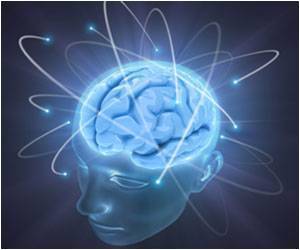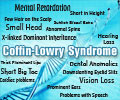The increased and decreased function of the protein HUWE1 affects the neural circuit function and causes intellectual disability

‘The protein HUWE1 is required to achieve a balance between the excitation and inhibition of nerve signals and thus help in effective nerve cell communication.’





"This paper adds a new dimension to our understanding of the molecular mechanisms that impact intellectual disability," said Brock Grill, a TSRI associate professor in the Department of Neuroscience. "Our study is the first to identify a defect in neuron communication caused by altering the activity of a gene called HUWE1, which causes intellectual disability, including Juberg-Marsidi-Brooks syndrome."Studying neuronal communication is important because the brain needs to balance excitatory neurotransmitters (to increase signal transmission) and inhibitory neurotransmitters (to calm nerve cells down). An imbalance in the excitatory/inhibitory ratio is a central feature of many neurodevelopmental disorders--which occurs through gene overexpression or a loss of gene function.
For the study, Grill and his colleagues investigated neuronal communication balance using a simple model circuit in the nematode C. elegans, a small, transparent worm. Despite its small size, this worm shares half its genetic make-up with humans, which makes it an ideal model to study the genetics of neuron function.
The researchers took a close look at GABA, the principal inhibitory neurotransmitter in C. elegans and the human brain. In C. elegans, the protein responsible for regulating GABA transmission is called EEL-1; in humans, the equivalent protein is known as HUWE1.
The researchers studied the function of EEL-1/HUWE1 in the worm motor circuit and found that decreasing or increasing the protein alters GABA transmission, upending the excitatory/inhibitory balance, a shift that leads to impaired locomotion and increased sensitivity to electroshock-induced seizure.
Advertisement
"The paper is an important step in understanding how increased or decreased activity of HUWE1 can alter circuit function and lead to intellectual disability," said TSRI Research Assistant Karla Opperman, first author of the study.
Advertisement
Source-Eurekalert













